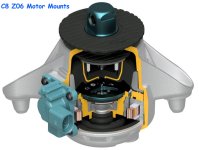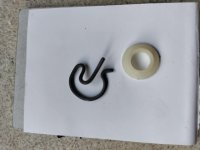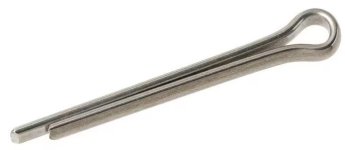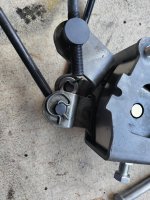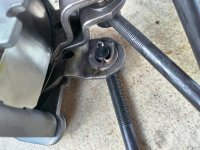How design of motor mounts have changed over time
Here is that base C8 Stingray motor mount
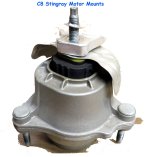
But do to the flat plane crank LT6 of Z06, Electrically controlled
Magneto-Rheological (MR) Powertrain Mounts are used in the automotive powertrain environment and are designed to isolate vibrations from the vehicle’s body while also providing exceptional powertrain motion control.
Unlike conventional hydraulic mounts which provide peak damping at a single frequency and amplitude, the Magneto-Rheological (MR) Powertrain Mounts can provide
high damping over a broad frequency and amplitude range.
Using magneto-rheological (MR) fluid to change the damping rate in real time, these powertrain mounts may be “firmed up” with high levels of lateral acceleration for more direct cornering, or “softened” for maximum comfort during straight-ahead driving.
Furthermore, the combination of effective control of powertrain motion with good attenuation of noise and vibration simultaneously improves vehicle stability and interior refinement.
The original Magneto-Rheological (MR) Powertrain Mounts were engineered for performance and configured for premium sports car applications. They prevented large transient powertrain movements (in the frequency range of 2-22 hz) from reaching the chassis.
The second generation design retains this capability while also providing isolation from smaller amplitude movements in the critical comfort range of 30-150 hz, enabling the technology to be applied to touring vehicles where superior levels of refinement are required.
